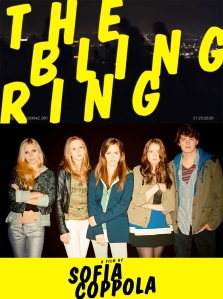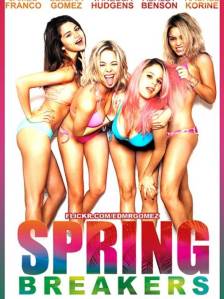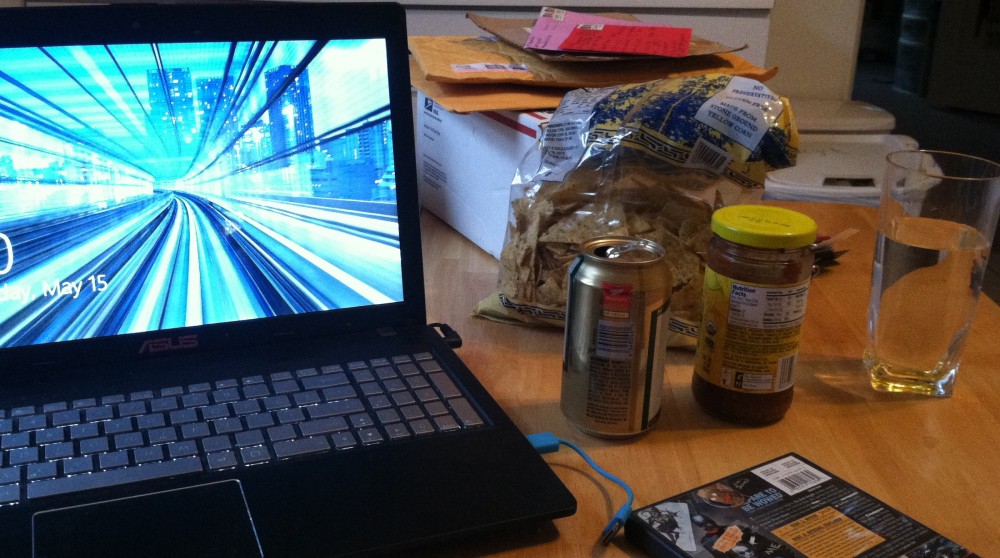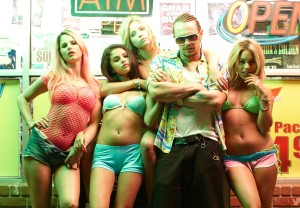[I started this blog entry weeks ago but got overwhelmed with life. Here it is, hastily thrown together so that I can go on with other posts. Enjoy!]
Joel Stein’s article in Time Magazine about the “Me Me Me Generation” has had social media up in arms the last week or so. According to Stein, young people (ages 18-29) today are selfish, lazy jerks who will never measure up to previous generations– and he has the statistics to prove it! This argument was quickly shot down by Elspeth Reeve of The Atlantic Wire, who wrote an excellent response entitled “Every Every Every Generation Has Been the Me Me Me Generation.” For the record, I am part of the generation in question. I’m unmarried, mired in graduate school debt and underemployed, but I live independent of my parents and have hopes that someday soon I will get a job worthy of my talents and education. Do I have the “narcissistic personality disorder” with which my generation is apparently swamped? I certainly hope not. For one thing, I’m too poor to afford that kind of disease. For another, I have a solid support network of friends and family who would laugh themselves silly if I tried to tell them I am the only person in the world who matters.
However the fact is that each generation is different. The economy, the existence of a home front war (or lack thereof), social issues and technology shape us whether we want them to or not. In my opinion, we are no more selfish or lazy than previous generations, but we are the first generation to achieve maturity in a culture which smiles upon simultaneously isolating oneself through headphones and sharing intimate personal details online with potentially thousands of strangers. As the underrated and virtually unseen movie Disconnect demonstrated, this advance in technology places people into contact with others who can empathize with their specific situation but also denies people the connection of physical contact–making cruelty a much easier impulse to act on.
Out of this storm of generation welfare came two films: The Bling Ring and Spring Breakers. Released only three months apart, both films attempt to paint a portrait of the Millennial generation. Whether or not they were successful remains to be seen.
 The Bling Ring (dir. Sofia Coppola) is based on the real life Bling Ring, a group of teenagers who robbed the homes of Hollywood’s rich and famous by following their schedules via gossip blogs. The most famous of these, Alexis Neiers (called Nicki Moore in the movie), had her own reality TV show during the legal proceedings, prompting debate whether it was ethical for TV network to give so much money and attention to someone on trial. Like most of Sofia Coppola’s previous movies, it is about pretty people involved in decadent behavior. We don’t get to know any of the characters very well, but there is a sense that there isn’t much to know about them. They are obsessed with material things in the name of materialism. It isn’t as if they think having stolen couture will elevate their social status, and they were already upper middle class, so it isn’t as if they were deprived. They see something, they want it, they take it.
The Bling Ring (dir. Sofia Coppola) is based on the real life Bling Ring, a group of teenagers who robbed the homes of Hollywood’s rich and famous by following their schedules via gossip blogs. The most famous of these, Alexis Neiers (called Nicki Moore in the movie), had her own reality TV show during the legal proceedings, prompting debate whether it was ethical for TV network to give so much money and attention to someone on trial. Like most of Sofia Coppola’s previous movies, it is about pretty people involved in decadent behavior. We don’t get to know any of the characters very well, but there is a sense that there isn’t much to know about them. They are obsessed with material things in the name of materialism. It isn’t as if they think having stolen couture will elevate their social status, and they were already upper middle class, so it isn’t as if they were deprived. They see something, they want it, they take it.
Compare this to Coppola’s earlier film Marie Antoinette, which also showcased a teenage character who placed too much value on material possessions. Kirsten Dunst’s Marie loves parties and pretty things, yet there is genuine sadness beneath her dissolute exterior. She’s been denied personal freedom, so she takes solace in things.
The characters in The Bling Ring are not motivated by unhappiness. They are shallow because they are shallow. Which is fine as a character trait–some people are like that. But since the Bling Ringers are not driven by any social issue, they are not bound to their own era. Every generation has had its shallow people, even the vaulted Greatest Generation. In the end, The Bling Ring is entertaining (particularly a hilarious turn by Emma Watson), but it delivers no opinion on the Millennial generation.
 Spring Breakers (dir. Harmony Korine) couldn’t be more different. For one thing, it features a group of girls who are deprived of something they want. They are well enough off to have everything they need, but they can’t afford to go on vacation for spring break. That is their motivation. As unethical as it is, they have a goal. So, minus the good girl of the group played by Selena Gomez, they rob a restaurant. With that behind them, they head to Florida where they engage in risky behavior sure to give grey hairs to any parent in the audience. After being arrested at a wild party (presumably because they are drinking underage) the girls are bailed out by local rapper Alien (played by James Franco in the biggest “I’m sorry, what now?” casting of the year).
Spring Breakers (dir. Harmony Korine) couldn’t be more different. For one thing, it features a group of girls who are deprived of something they want. They are well enough off to have everything they need, but they can’t afford to go on vacation for spring break. That is their motivation. As unethical as it is, they have a goal. So, minus the good girl of the group played by Selena Gomez, they rob a restaurant. With that behind them, they head to Florida where they engage in risky behavior sure to give grey hairs to any parent in the audience. After being arrested at a wild party (presumably because they are drinking underage) the girls are bailed out by local rapper Alien (played by James Franco in the biggest “I’m sorry, what now?” casting of the year).
Young people feeling deprived is also a timeless theme, yet this film is about a specific time and place–namely, America in the 21st century. It isn’t the girls’ amoral behavior which determines this; it is the way director Korine frames their amorality. They are consciously copying the violent antics of film/TV characters. This can most clearly be seen when two of the girls reenact their burglary for Gomez. The actresses’ body language is directly linked to that of fictional characters.
The teenagers in both films exist without a moral code. However, it is the girls of Spring Breakers who stand out most clearly as representative of my generation’s dark side: intelligent, confident, ruthless and violent. There is no good vs. bad here. It is only bad vs. worse. Surely it is no coincidence that Gomez’s character, who returns home mid-film, is the least interesting of the Spring Breakers. Though possessing a moral compass, she never does anything proactive for good or bad. It is the violent girls who are our protagonists because they are the only ones who do anything.


